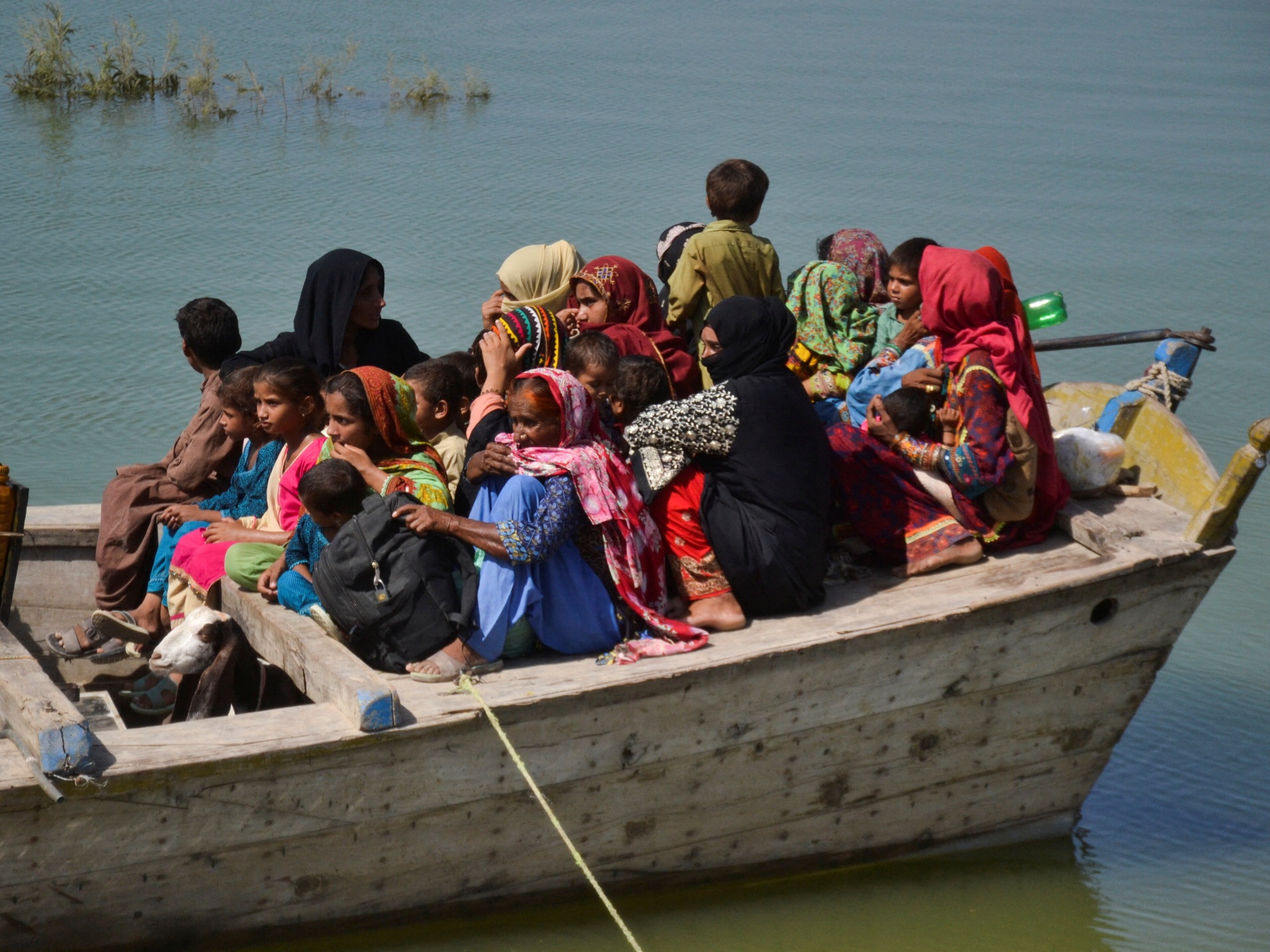
Gilgit Baltistan, Pakistan:
They said that the flooding in the nullah used to be occasional during the peak summer season in August, but this time, the stream remained flooded from July 22 to August 30 — a phenomenon attributed to GLOF events. On July 22, the stream overflowed and washed away houses and infrastructure, the Dawn reported.
At least 12 houses, schools, standing crops, 40 irrigation and water channels, trees, 600 kanal agricultural land, and bridges were swept away in the floods in Shaman, Tokorkot, Harchi, Ratal, and Hakalshal villages of the Nagar district.
Director of GB Environmental Protection Agency, Shahzad Shigri said that record rainfall in the region and abrupt heat waves contributed to glacial lake outburst flood (GLOF) events across the region this year, the Dawn reported.
To this, a community representative, Abbas Musavi said that the government, as well as private organisations, ignored their community’s vulnerability to GLOF.
“The local administration didn’t even bother to declare it a GLOF event nor did they send experts to assess the cause of the disaster,” he added.
He said there was no early warning system and thousands of people living along the nullah were wondering if there would be more floods in the future. “They have been left at the mercy of the floods,” he added.
Abid Hussain of the area said, “After the first flood, people started working on the reconstruction of damaged infrastructure, including irrigation channels. However, on August 3, the nullah flooded again and flash floods caught volunteers off guard. They barely managed to save their lives,” he said, calling it a miracle. One of the volunteers was injured, however, the Dawn reported.
According to Met office, Gilgit-Baltistan has over 5,000 glaciers and countless glacial lakes; some of them have been declared “most dangerous”. A large number of inhabitants living alongside these streams were at risk of flooding. At least 17 residents were killed in a flood in the Ghizer district this year.
A resident of the area complained, “Winter is almost here, but the government has not arranged alternative shelter for the displaced people.” He added rehabilitation work on irrigation channels and other infrastructure had yet to be started, the Dawn reported.
Since June this year, Pakistan has endured harsh monsoon weather resulting in a serious humanitarian and development crisis.
According to government estimates, about 33 million people across the country have been affected by unrelenting heavy rains and flooding – the worst in decades.
Millions of acres of crops and orchards – many of those ready to harvest – have been damaged and destroyed, and the next planting season is threatened. Agriculture is a critical source of sustenance and livelihood for the majority of families in Pakistan, and for the economy of the country.
Pakistan has a total of 160 districts. To date, half of these across the country is declared “calamity hit.” And that number is expected to increase.






